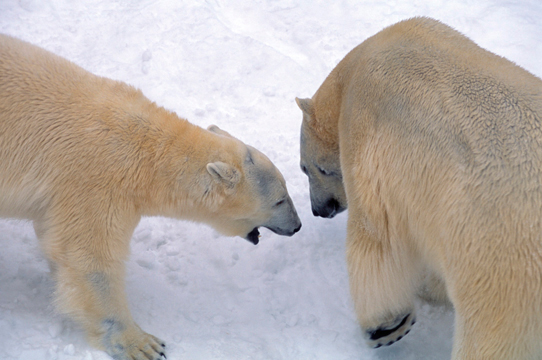Wapusk, << WAH puhsk, >> National Park is a protected area in northern Manitoba, Canada. It covers about 2,835,500 acres (1,147,500 hectares) of land in the Hudson Bay Lowland region. Hudson Bay borders the park to the north and east. The government of Canada established the park in 1996. The park’s name comes from a Cree word meaning white bear.

Wapusk National Park lies on a flat plain with a number of lakes, bogs, streams, and rivers. The park has a rich variety of plant life. Its landscape includes salt marshes, sedge meadows, and spruce woodlands. The area has a dramatic climate, with strong winds and winter temperatures as low as –49 °F (–45 °C).
Polar bears come to the park’s shores in the summer months and occupy dens during winter. Other mammals found in the park include Arctic and red foxes, black bears, caribou, lemmings, lynxes, moose, shrews, timber wolves, and wolverines. Gyrfalcons, loons, peregrine falcons, snow geese, and swans are some of the birds found in the park.
The presence of polar bears in Wapusk National Park poses a danger to visitors. Park officials recommend that visitors hire a licensed commercial tour operator to experience the park safely.
